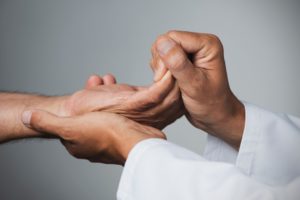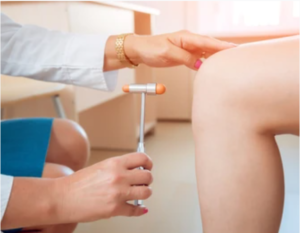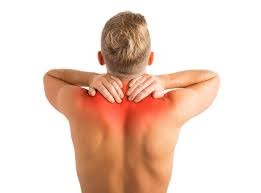Physiotherapy is a branch of medical science that uses natural body movements to help you with any form of persistent motion-related problems which cause hindrance in your daily life. It is a well-preferred mode of treatment that doctors recommend, and patients prefer rather than going through a surgical procedure.
Physiotherapy treatment uses biomechanics or kinesiology, manual therapy, exercise therapy, and electrotherapy. It helps patients restore, maintain and increase their physical mobility, strength, and function.
Physiotherapy deals with a wide array of conditions and has a specialized regimen for dealing with any particular patient and their brand of illness. Many treatment centers offer Physiotherapy Treatment through the assistance of an expert physiotherapist. CARE Physiotherapy Clinic is one of the best wellness centers that have an excellent physiotherapy treatment program.
Here is an in-depth categorization of types of physiotherapies depending on the conditions-
Pediatric Physiotherapy

This branch helps children with various acute injuries like acquired or congenital conditions, delayed physical growth, and neurological disorders like cerebral palsy. This treatment helps in the complete development of a child.
Women’s health-related Physiotherapy

Physiotherapy for females mainly revolves around the female reproductive system, as pregnancies can cause many health issues. It deals with pre-natal and post-natal care, eases the process of childbirth, and helps with fertility issues.
Geriatric Physiotherapy

Several health-related concerns arise as we get older as the metabolism slows down, and its ability to stay in form is weakened. Geriatric Physiotherapy can be very effective to keep us in shape. It helps maintain mobility, manage chronic joint pains, work on limitations and postures, manage physiological disorders, and increase endurance and strength.
Neurological Physiotherapy

This branch of physiotherapy helps manage conditions caused by disorders of the brain or the nervous system such as head injuries, stroke, spinal cord damage, aneurysm, multiple sclerosis, Parkinson’s disease, post-brain surgery rehab, and Cerebral Palsy, etc. It also helps in balance-related problems like Vertigo, motor control, and coordination.
Musculoskeletal Physiotherapy

Also known as Orthopaedic physiotherapy, deals with the defects and ailments of the human musculoskeletal system which includes various muscles, joints, tendons, ligaments, nerves, and bones. The purpose is to correct skeletal alignment, improve mobility, reduce pain, and repair soft tissue damage.
Cardiorespiratory/pulmonary/vascular Physiotherapy
This branch of Physiotherapy deals with conditions related to the heart, lungs, and related structures. They help patients with acute or chronic cardiac disorders, recovering from cardiac arrest, heart surgery, managing obstructive pulmonary disorder, breathing problems, Asthma, etc. The specialist in this form of treatment assists patients and guides them about breathing and heart-health-related exercises.
Rehabilitation and Pain Management
This regimen is more or less involved in all other categories as its purpose is to manage chronic pain from a pre-existing condition or post-surgical rehab.
Sports-Related Physiotherapy
This branch of physiotherapy is dedicated to dealing with athletes and sportspersons. Specialists in this sector have to have a keen knowledge of how the body functions in a specific sport and the related injuries, this is the reason why every sports team has a designated physiotherapist because they also help in maintaining the physical conditions of the players and giving preventative care. They go through the journey with their patients, from curing them and then rehabilitating and bringing it to the top-notch condition to go back on the field.
Some of the modes of treatment in physiotherapy are:
- Manual therapy
- Transcutaneous electrical nerve stimulation (TENS) therapy
- Magnetic therapy
- Dry needling and acupuncture
- Taping
- Joint mobilization
- Stretches and exercises
- Hydrotherapy
- Strengthening programs
- Hot and cold applications
- Diathermy
- Ultrasound and phonophoresis
- Range of Motion (ROM) exercises





0 Comments